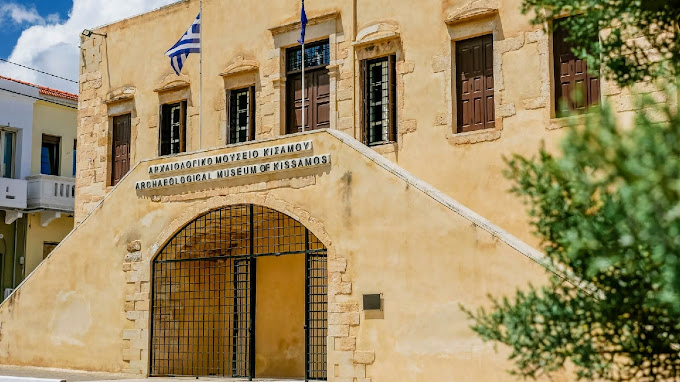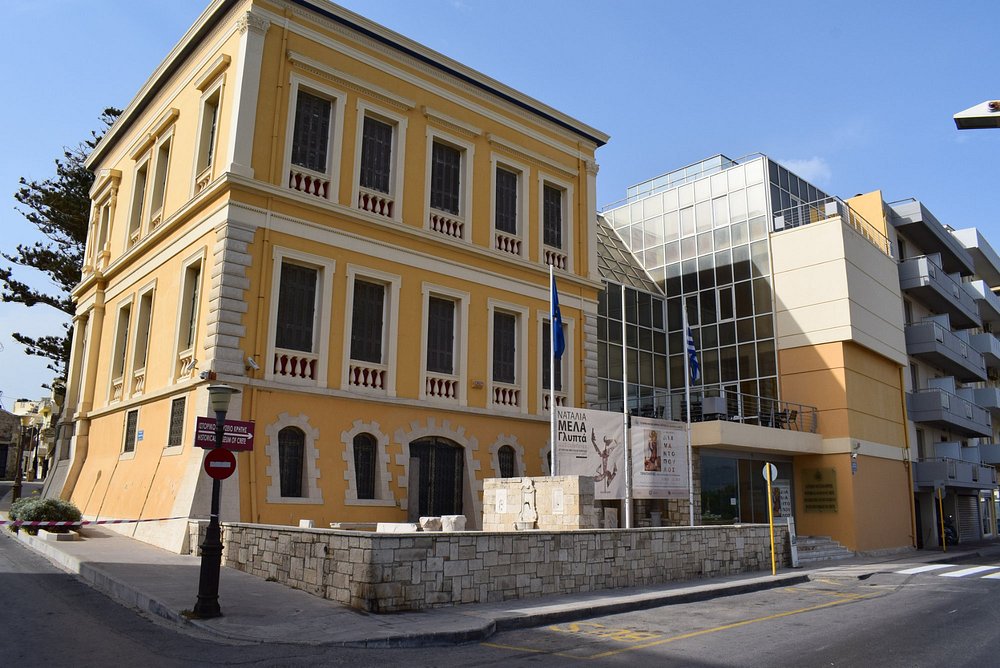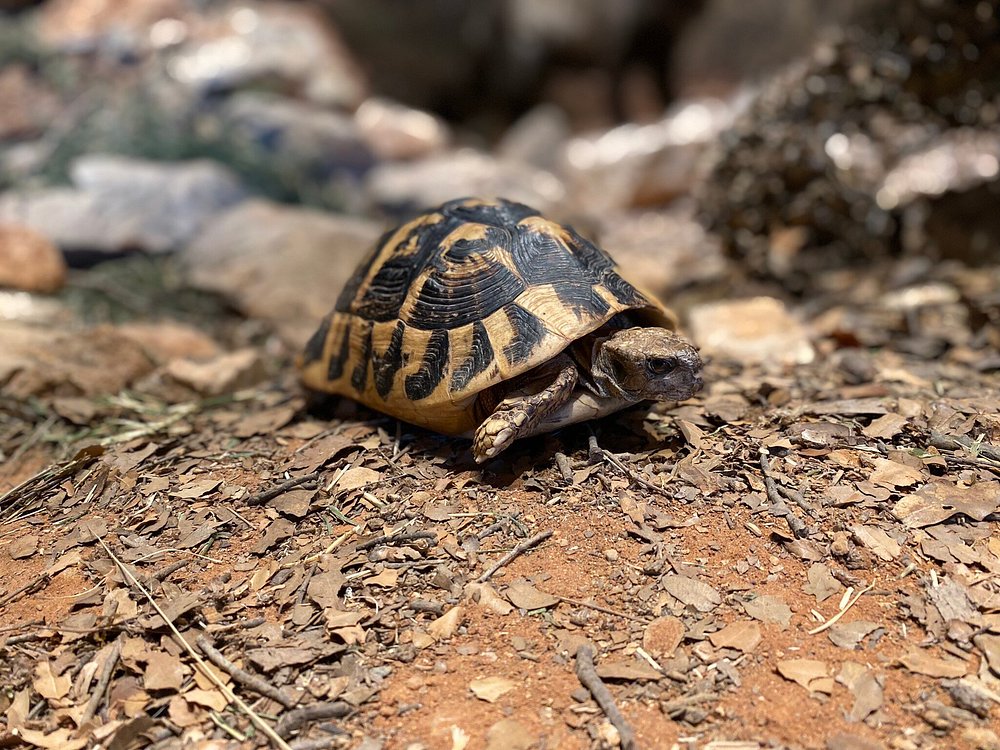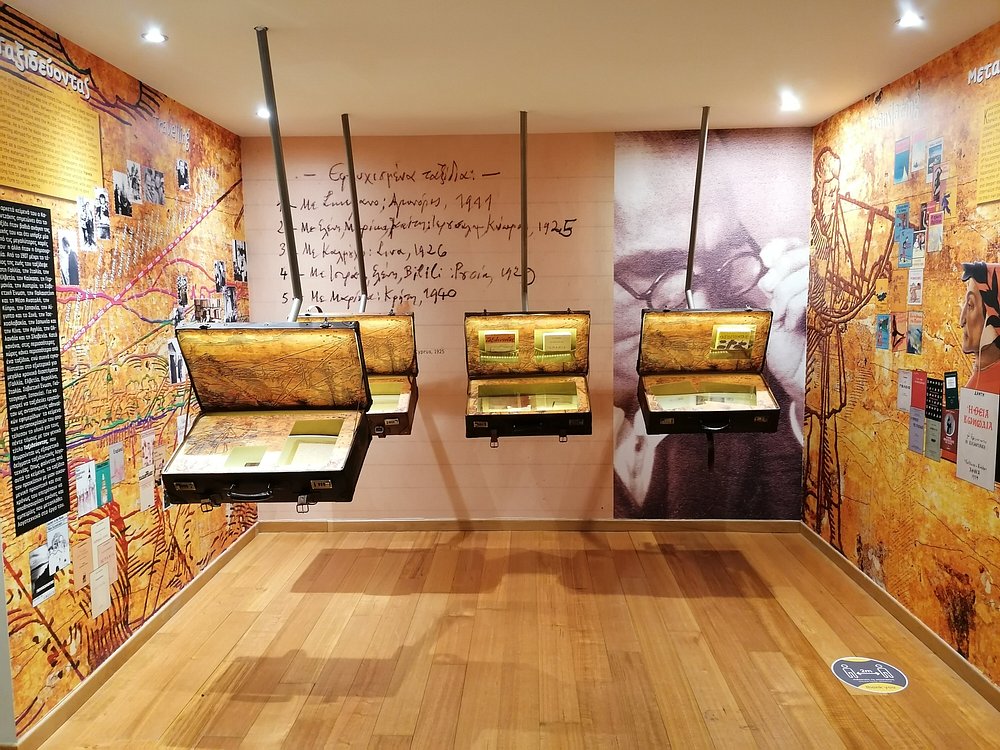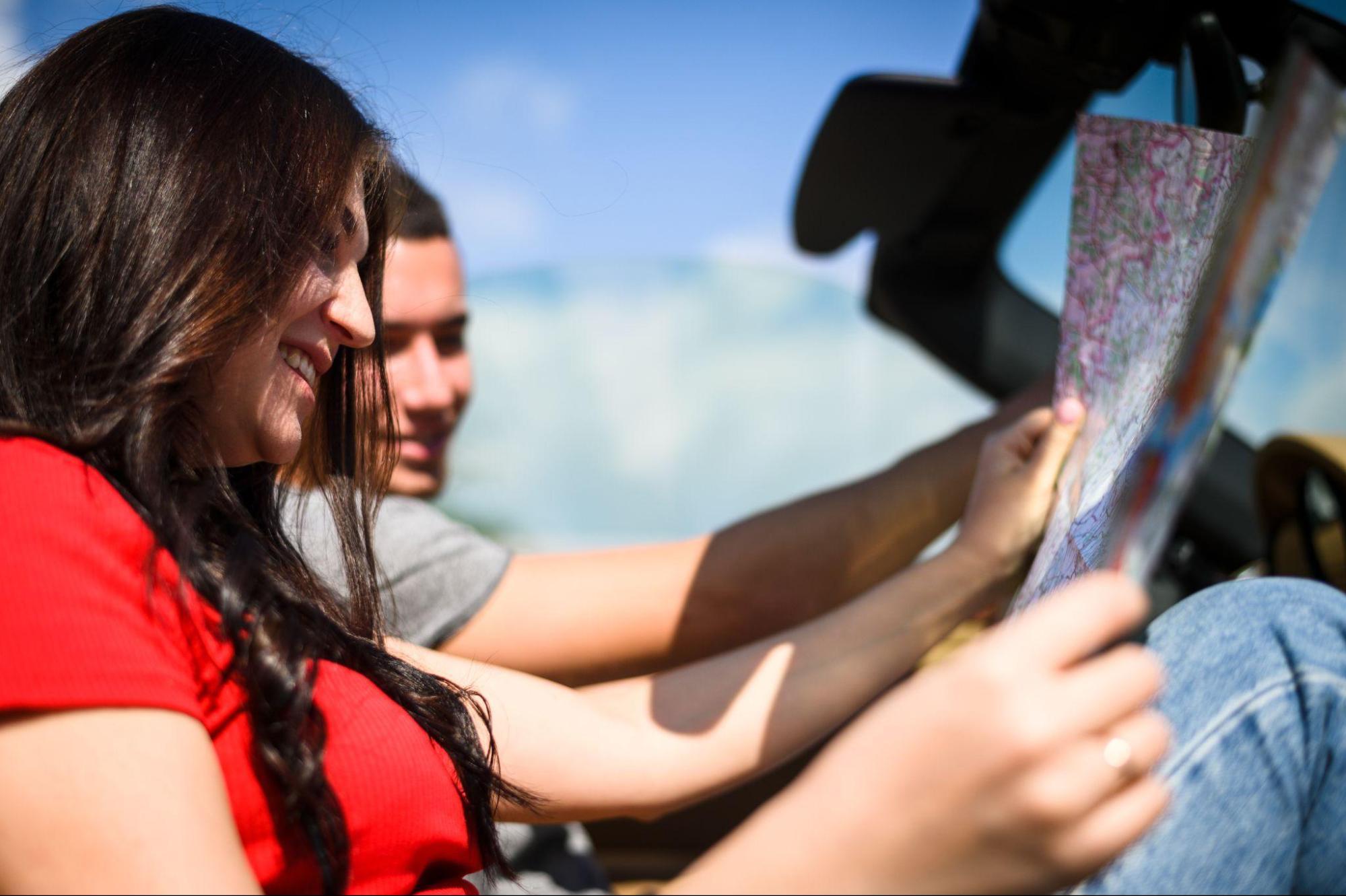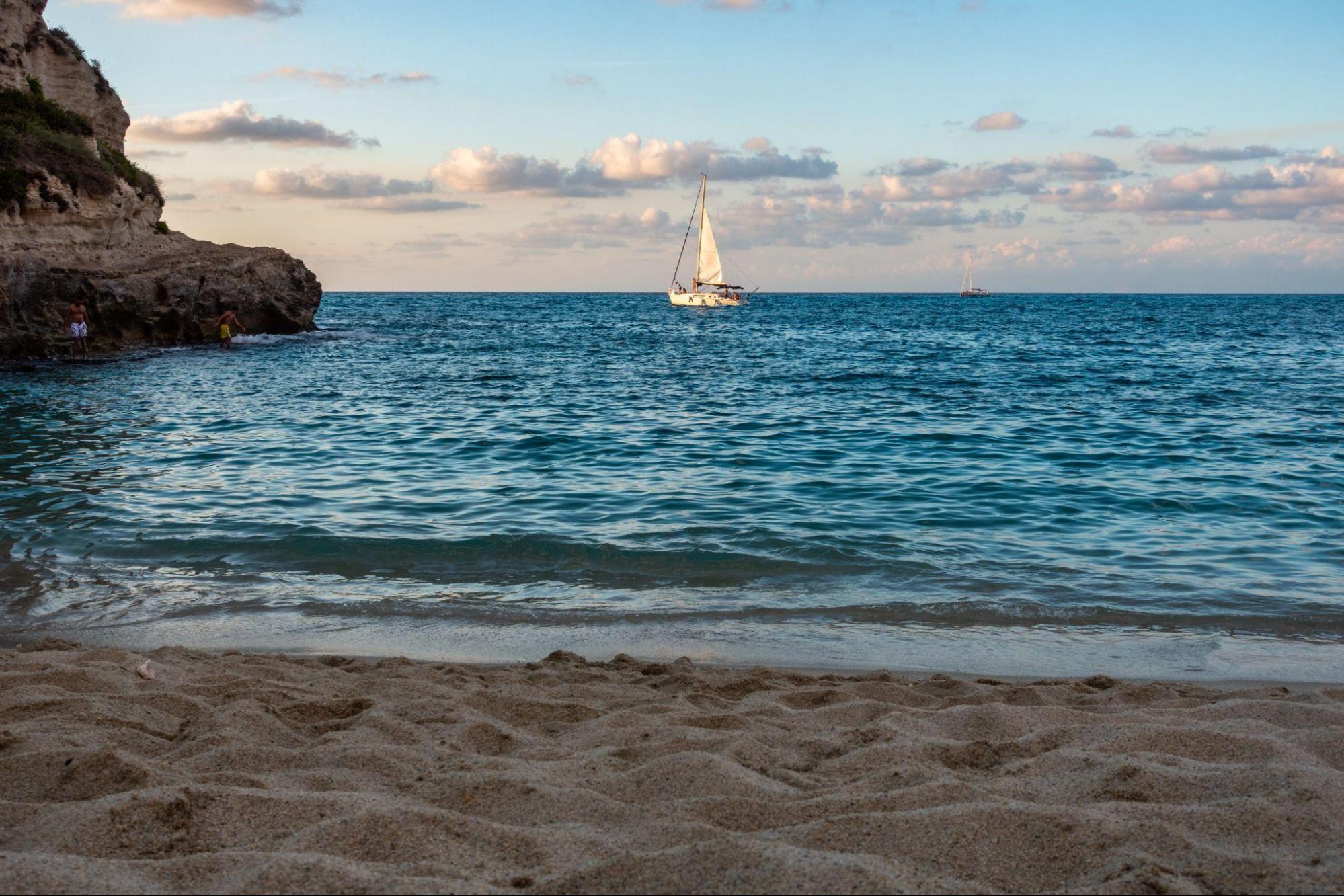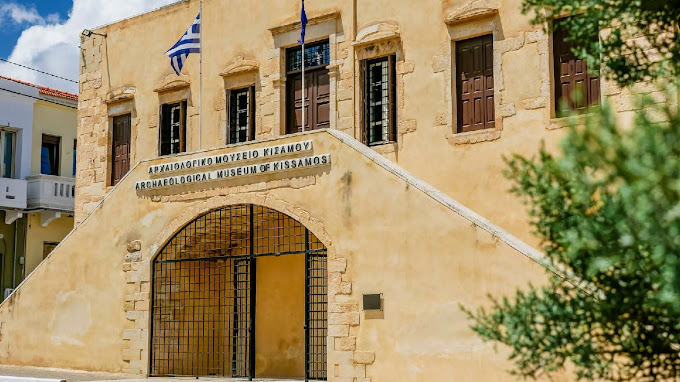
About Archaeological Museum of Kissamos
Okay, so this one's different. Forget the giant, purpose-built modern museums. The Archaeological Museum of Kissamos is crammed into an old Venetian governor’s palace right in the middle of town. The building has its own story. It feels less like a sterile gallery and more like you’ve stumbled into a collector’s historic home.
The collection covers the whole timeline of the area, but its real strength is the Roman history of Crete. Kissamos—or Kisamos as it was known then—was a pretty big deal in Roman times, and the artifacts here show that. The main highlight, and the reason most people visit, is the stunning collection of mosaic floors. They didn’t just bring in fragments; they installed entire floors here from ruined Roman villas. It’s impressive stuff.
-
The Roman Mosaics: Let's be real, you’re here for the floors. The mosaics are the main event. There are several, but the one showing scenes from the life of Dionysos is incredibly detailed. Another depicts the Labors of Hercules. The craftsmanship is top-notch.
-
The Building Itself: Take a moment to appreciate where you are. It’s a preserved Venetian-Turkish structure. You're looking at antiquities housed inside another antiquity. There's a certain charm to that.
-
Hellenistic & Roman Sculptures: Beyond the floors, there's a solid collection of statues and carved portraits. They give you a sense of the wealthy families who lived here and paid for those fancy floors.
-
Finds from Polyrhenia: The museum has artifacts from the ancient Dorian city of Polyrhenia, which was a tough, independent city-state up in the hills. It adds another layer to the history of West Crete.
You'll find the museum in the center of Kissamos town. The location is about 40 kilometers west of Chania city. It’s a scenic drive and a good target for a day trip, especially if you already have rent a car in Chania and exploring the famous beaches nearby. This isn't a huge time commitment. How much time is needed for a full visit? Plan for about an hour; that’s more than enough to see everything properly.
The visitor info is straightforward. They are open from Tuesday to Sunday, from 08:30 to 15:30. The museum is Closed on Mondays. Be aware that hours can get shorter in the off-season. The entrance fee is a flat €5. No e-tickets here, so you just pay at the door. They take cash or card. For the most current hours, it's a good idea to check a reliable source like the Hellenic Ministry of Culture's museum page.
The main issue here is parking. There is no dedicated lot, so you have to find a spot on the street, which can be a real pain in high season. The accessibility, however, is surprisingly good for such an old building. It is accessible, with a ramp and an elevator to get between the two floors.
So, is it worth the drive? If you are a Roman history buff or really into mosaics, absolutely. If you are already heading west to see the famous beaches like Balos Lagoon, this museum is an excellent, quick stop. But I wouldn't make a special 80 km round trip just for this unless ancient floors are your thing. It's a quality local museum, not a world-famous destination. And that’s perfectly fine.
This article is sponsored by Carac. We just think Crete is a great place to explore. Read more at www.carac.gr.

